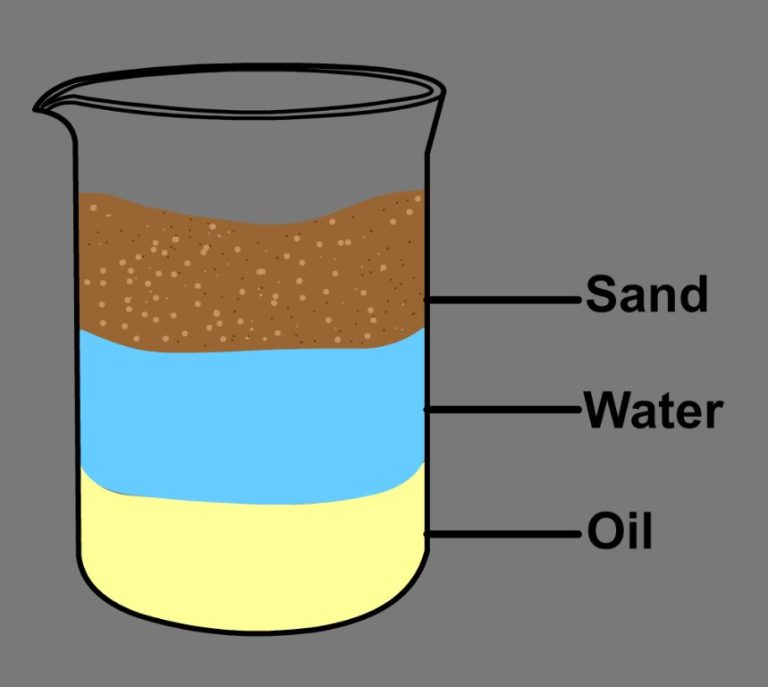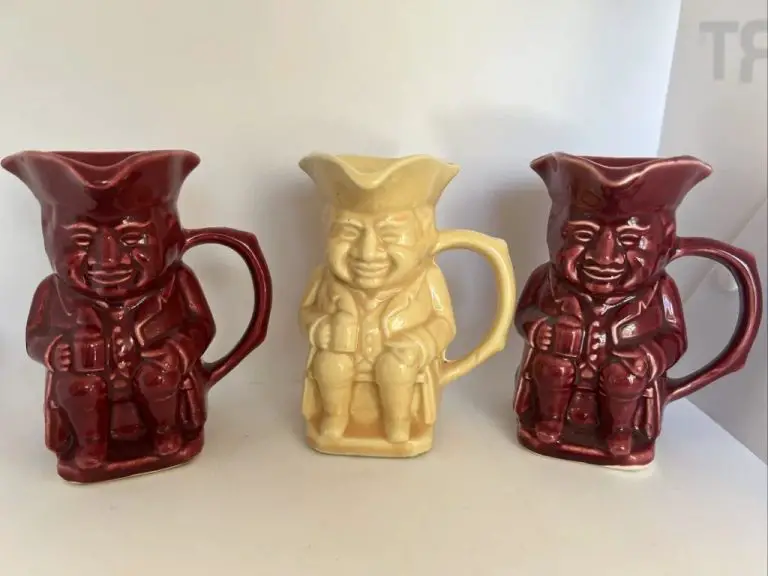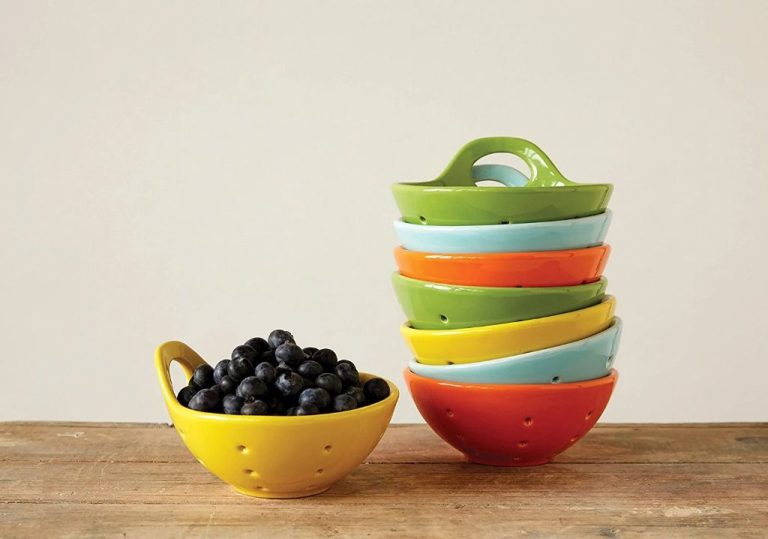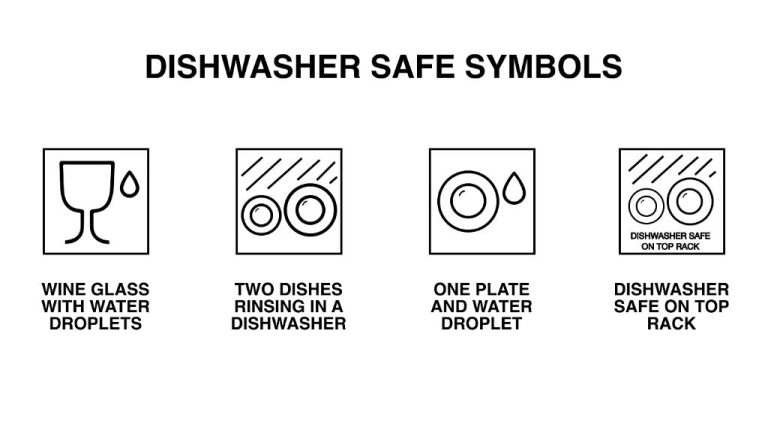How Are Clay Car Models Made?
Clay models have been an integral part of the automotive design process for decades. They allow designers to quickly iterate and test out different shapes and forms in three dimensions before committing to making expensive tooling for production cars. Using clay enables automakers to evaluate proportions, surfacing, and designs at full size or scale before digitizing the designs for engineering and manufacturing.
Modelers use special oil-based modeling clay that can be shaped repeatedly without drying out. The clay stays malleable so designers can continuously refine and modify the forms. Starting in the 1930s, automakers like GM pioneered the use of clay models to envision and create new vehicle designs. While today’s design process also relies heavily on digital tools, physical clay models are still vital for perfecting the look and feel of new cars.
Full-size clay models allow designers to assess and improve the aesthetic design as well as practical factors like visibility, access, ergonomics, and aerodynamics. By using real clay on actual-size models, auto designers can evaluate and refine vehicles in a realistic tactile environment throughout the design journey, before finalizing their vision for production.
Modeling Clay
Modeling clay is a key material used in the creation of clay car models. Not all types of clay are suitable for automotive design, as the clay needs to be able to hold fine details and be shaped easily without cracking or distorting. The most common clays used are oil-based or water-based.
Oil-Based Clay
Oil-based clays are made from minerals, waxes, and oils. They have a soft, smooth texture that makes them ideal for sculpting smooth car body surfaces. The main advantages of oil-based clays are:
- They don’t dry out or shrink.
- They are highly malleable and easy to sculpt.
- Surface details can be modified multiple times without damaging the clay.
The downside is that oil-based clays are messy and have a limited reuse lifespan before the clay degrades. Common oil-based clays used in automotive modeling are plasticine modeling clay and Roma Plastilina clay.
Water-Based Clay
Water-based modeling clays are made from natural materials like clay minerals, cellulose, and water. They have a firmer, drier texture compared to oil-based clays. The main benefits of water-based clays are:
- They are clean and non-messy to work with.
- The clay can be directly hardened, making it easy to store.
- They are lower cost compared to oil-based clay.
However, water-based clays dry out faster and are prone to cracking. They also don’t hold fine details as well. Common water-based clays used are Monster Clay and Chavant Clay.
Crafting the Model
Once the initial sketches and CAD designs are complete, the process of crafting the clay model begins. Modelers will start with rough shapes to indicate the basic proportions and volumes of the vehicle. These early models are often sculpted by hand using basic clay shaping tools. As the design progresses, the modelers use specialized modeling clay that can be shaped more precisely.
There are a few common techniques for forming the clay:
-
Extruding clay like toothpaste out of a tube and using a metal ribbon to cut even strips. These strips can be smoothed onto the model shape.
-
Heating metal or wooden shaping tools to slice cleanly through the clay.
-
Using loop tools to refine curves and detail lines.
-
Smoothing the clay by hand or using rags and alcohol to blend surfaces.
Throughout the process, modelers refer back to the sketches and CAD models to ensure accuracy. The goal is to capture the original design intent while translating it into a physical, three-dimensional form.
Adding Details
Once the overall exterior shape is complete, clay modelers begin adding finer details to make the model look more realistic. This includes adding all the trim, mirrors, door handles and other small features.
Clay shaping tools allow modelers to refine the curves and crisp lines along the body of the vehicle. Modelers carefully sculpt each detail to match the designer’s intent. The mirrors, for example, must match the exact size and shape specified in the drawings.
Textures are also added during this stage to mimic different materials. A wooden or metal stylus can be used to add grain or brushed metal effects into the clay surface. This helps imagine how different parts will look in the final production materials.
Getting these finer details perfect is crucial for evaluating the overall design. The model must have an accurate representation of lights, grilles, trim pieces and other accents that will be on the final vehicle.
Surfacing
Once the overall shape and major details of the clay model have been crafted, the next step is surfacing. This involves smoothing and refining the surface of the clay to achieve the optimal finish. The modelers will use various specialized tools to sand, scrape, and polish the clay. Great attention is paid to eliminating any imperfections, fingerprints, or roughness in the surface.
The goal is to achieve a smooth, continuous surface that accurately captures the intended shape and curves of the vehicle design. This takes a delicate touch and keen eye for refining the smallest of details. Light will rake across the clay at different angles to reveal any subtle dips or bumps needing improvement. It’s crucial to perfect the surface at this stage before digitization occurs.
Modelers may apply clay-softening solutions to problem areas needing extra smoothing. They gently scrape and blend these regions until no seams or transitions remain visible. The end result is a flawless clay surface ready for final review and digitization. This extensive surfacing process ensures the model’s surface captures the designer’s vision with nuanced accuracy.
Review and Feedback
Once a clay model has been fully sculpted by the modelers and surfaced by the surfacing team, it undergoes rigorous inspection and review by designers, engineers, and studio heads at the automaker. They examine the model from all angles, looking at proportions, shapes, lines, and details. The clay allows them to get an accurate impression of what the final vehicle will look like in 3D.
Designers and engineers provide feedback on elements they want refined or changed. Common feedback includes altering shapes to achieve the desired sporty, elegant, or aggressive look. They may request reducing overhangs or raising ground clearance for functionality. Ergonomics are reviewed by checking interior space and instrument layouts. The model is marked up with notes, sketches, and measurement tools.
Modelers then work on implementing the requested changes. The review and feedback process is iterative, going through multiple rounds until all stakeholders sign off. This ensures the final production car stays true to the original design intent. Reviews validate that proportions, forms, and graphics balance and work together cohesively. The clay model serves as the final check before committing to costly production tooling.
Digitization
After the clay model is complete, the next step is to digitize it. This involves using advanced 3D scanning technology to capture every detail and contour of the model in digital form.
Large scale industrial 3D scanners on articulated arms are used to scan the entire exterior surface of the clay model. The scanner head is slowly moved around each area of the model, building up millions of measurement points to map its precise shape in 3D digital space.
Powerful specialized software then takes this point cloud data and converts it into a complete polygon mesh model. This fully watertight 3D digital model is an exact duplicate of the original clay sculpture down to deviations as small as 0.2mm.
From this high precision 3D scan data, designers can then use CAD software to make any final tweaks and produce the final vehicle designs and surfacing data needed for production. This digital data will serve as the blueprint for manufacturing the vehicle parts and tools.
By digitizing the original clay model, car designers preserve all the organic shapes and styling from the physical sculpting stage while transitioning to an accurate, measurable and modifiable CAD format to complete the vehicle designs.
Casting and Tooling
Once the clay model is finalized, it’s time to create production molds and tooling. The model first goes to the mold shop where steel, aluminum, or fiberglass molds will be made. These molds are used to create test parts and prototype parts before final production tooling is made.
To begin, the clay model is 3D scanned. This creates a digital model that is used by CNC machines to cut mold halves out of block steel or aluminum. The mold halves are then hand-finished and polished until they match the clay surfaces perfectly. Fiberglass molds can also be made directly from the clay model using lamination techniques.
These prototype molds are used to produce multiple test parts from plastics or clays that mimic the final production material. Evaluating test parts from the mold is a critical step, ensuring the model accurately represents the final product before committing to full production tooling.
Once the design is approved based on prototype parts, the final steel production tools and dies can be made. These production tools may include multi-cavity injection molds, stamping dies, or other manufacturing tools tailored to the production process. The creation of production tools marks the final step before full-scale manufacturing begins.
Future Applications
As technology advances, the techniques for making clay models are also evolving. Two areas in particular are seeing exciting innovation: virtual reality (VR) and 3D printing.
VR is allowing car designers to sculpt models in a digital 3D space using VR headsets and controllers. This gives them more flexibility to quickly iterate designs compared to clay. VR models can easily be shared and reviewed by multiple team members across the world. While VR won’t fully replace clay modeling, it is an important supplemental tool.
3D printing is also making an impact. Rather than sculpting clay by hand, car designers can 3D print scale models more efficiently. The models can be quickly modified by tweaking the 3D file. 3D printing allows for faster iteration compared to hand-sculpting in clay. It also provides more consistency and precision in the models. However, 3D printed models lack the authentic tactile feel of clay.
Both VR and 3D printing are exciting advances that will work alongside traditional clay modeling to enhance the car design process. While physical clay models are here to stay, these new technologies will likely take over some parts of the workflow in the future.
Conclusion
Clay modeling has been an important part of automotive design and manufacturing for decades. Even with the rise of digital modeling and prototyping technologies, clay models still play a crucial role. The tactile nature of clay allows designers to add shape and form in an intuitive way that can be difficult to replicate digitally. This helps breathe life into early concepts and refine designs down to the smallest detail.
While clay models today may not make it into full production like they once did, they remain vital for design evaluation and communication. The traditional modeling process forces designers to fully consider their forms from all angles. And full-size clay models are the best way to get a realistic impression of a vehicle before committing to tooling. As digital tools continue to evolve, clay will likely remain a mainstay of automotive design tradition.




